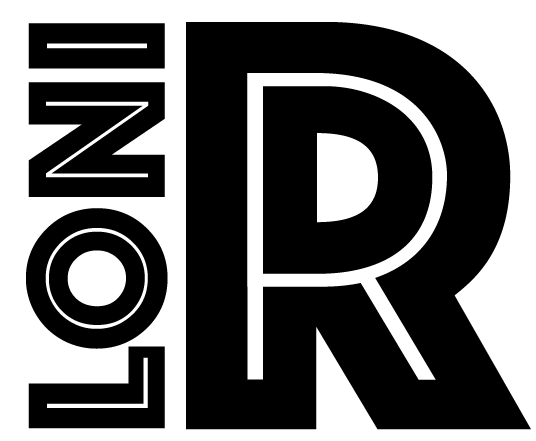Protocol refers to images of the right hemisphere
- The lingual gyrus is a structure in the occipital lobe located immediately behind the parahippocampal gyrus. The anterior boundary of the lingual gyrus is denoted by the disappearance of the corpus callosum; the lateral boundary of the gyrus is the collateral sulcus and the medial boundary is the calcarine fissure. The lingual gyrus ends at the junction of the calcarine fissure and the posterior transverse collateral sulcus at the most posterior point of the brain (Fig. 1, Fig. 2, Fig. 3). The figures in this protocol refer to the right hemisphere (red) of the brain. It is also important to note that the lingual gyrus is roughly symmetrical in the left and right hemispheres.
- Begin masking the lingual gyrus in the coronal view once the corpus callosum disappears (Fig. 4, Fig. 5). Delineate along the collateral sulcus to its internal end point, cut linearly to the internal end point of the calcarine fissure, and trace along the calcarine fissure. Include all matter within these boundaries (Fig. 5).
- Continue this process until reaching the posterior end point of the brain (Fig. 6, Fig. 7a, Fig. 7b, Fig. 8, Fig. 9).
- Moving anteriorly, the collateral sulcus becomes difficult to differentiate in the coronal view. So it is often useful to reference the 3D object model throughout the masking process. On the 3D object model, locate the collateral sulcus and mask using the corresponding point in the coronal view (Fig. 7a, Fig. 7b). If the collateral sulcus is difficult to differentiate even in the 3D object model, rely on the symmetry of the lingual gyrus in the left and right hemispheres.
- The collateral sulcus remains relatively ambiguous in the coronal view until the posterior end of the brain, where it becomes the posterior transverse collateral sulcus (Fig. 8, Fig. 9).



